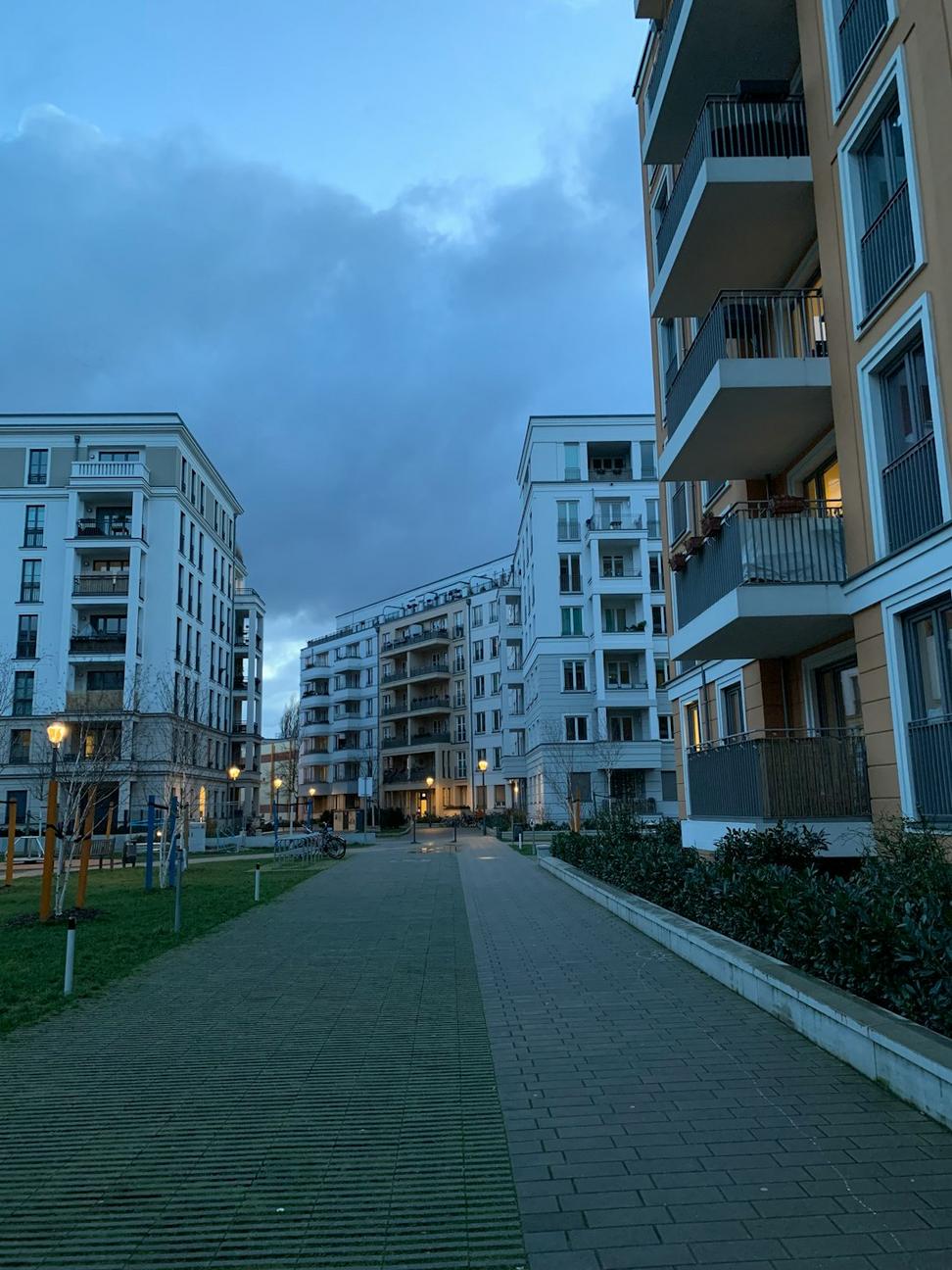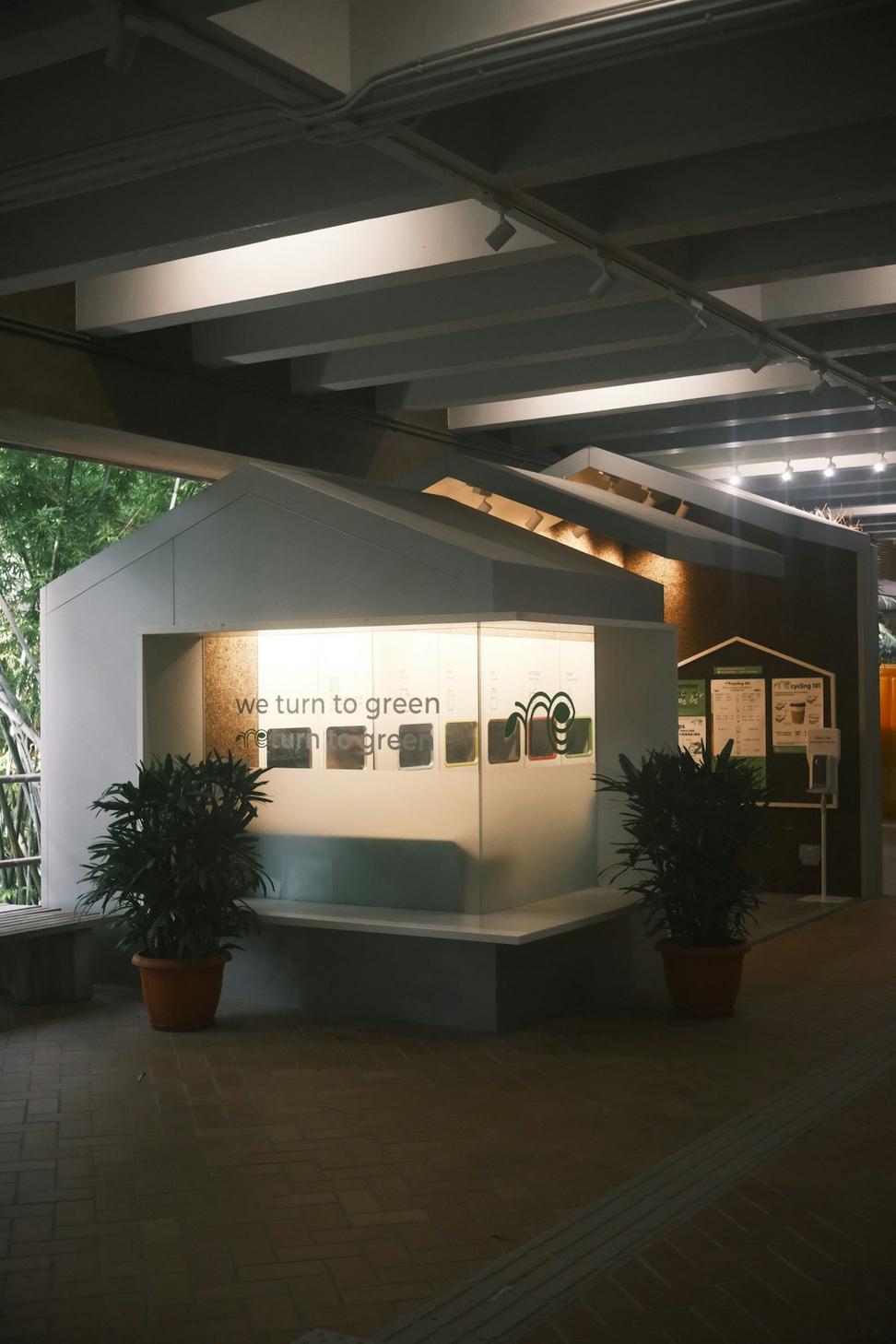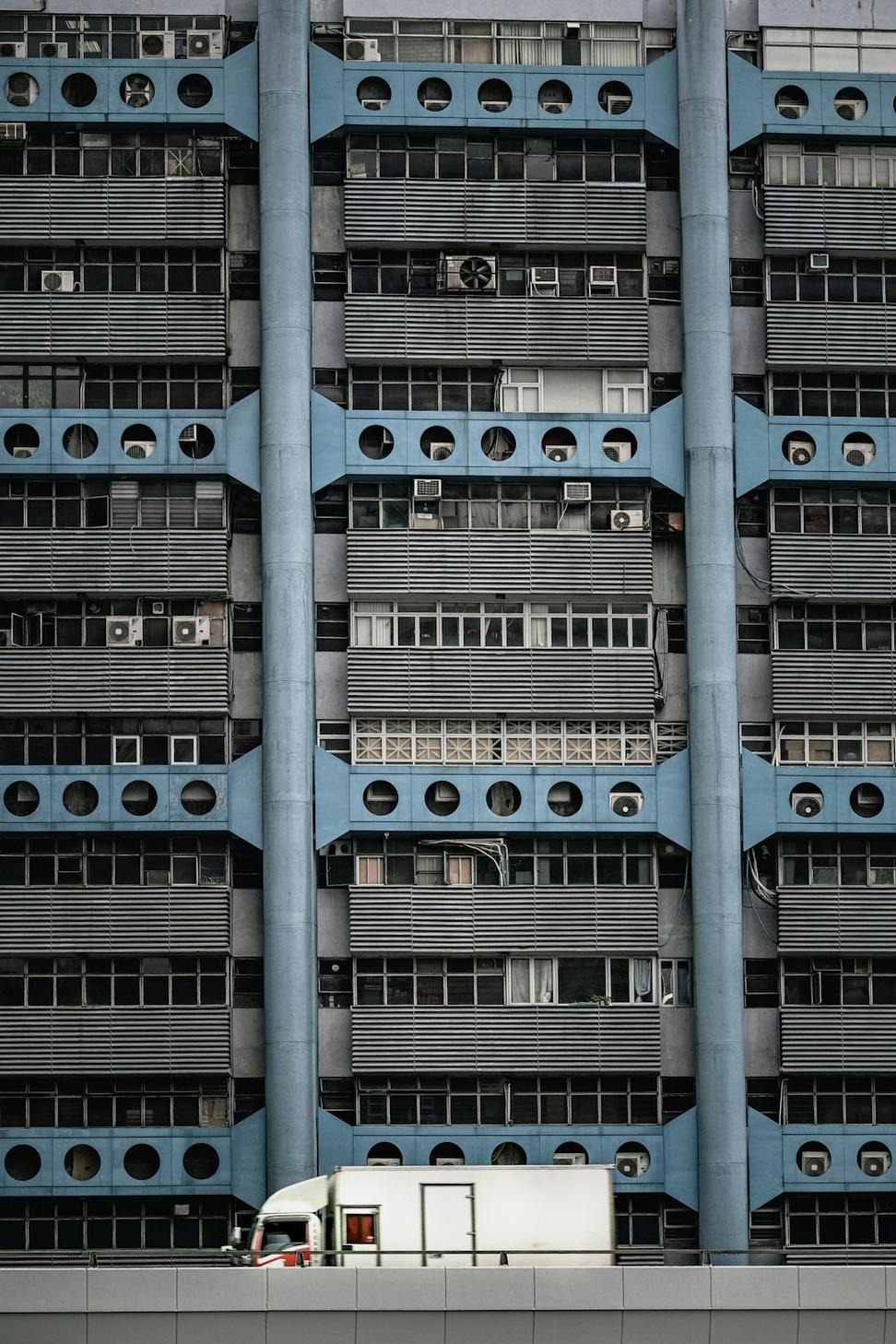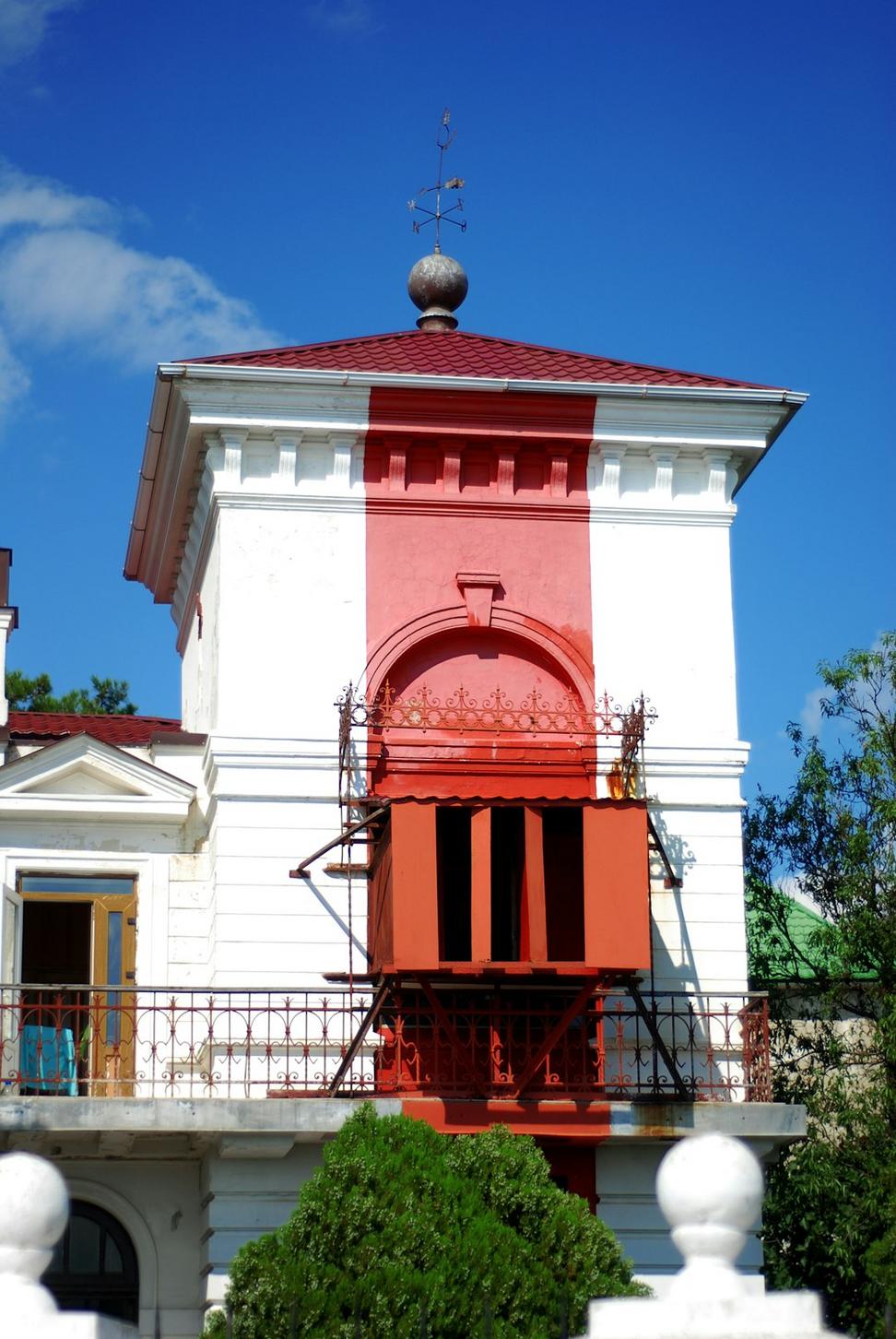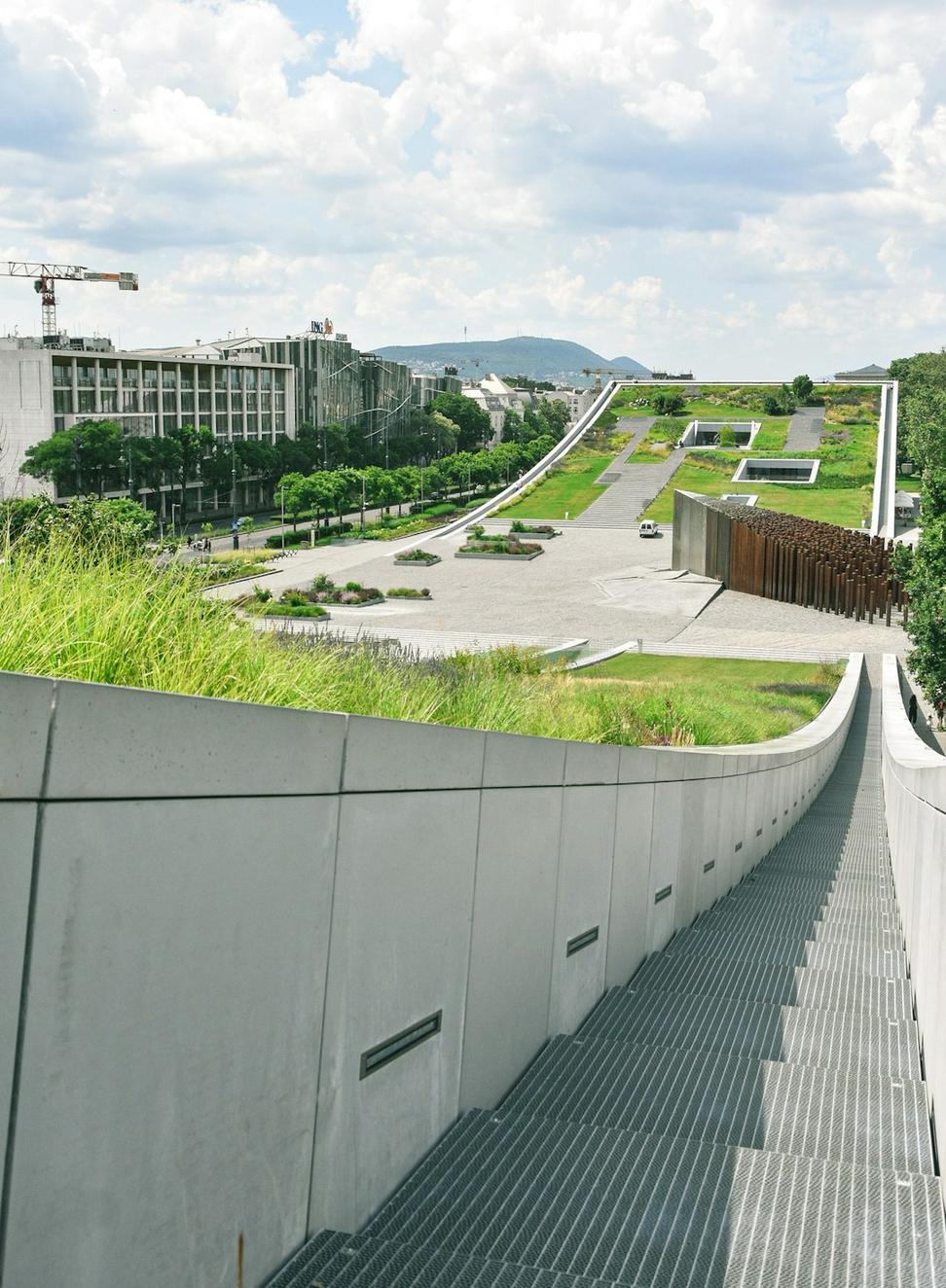How Reconstruction Actually Works
Everyone thinks you just show up and start building. Nah. It's way more involved than that, and honestly, the construction part is sometimes the easiest bit.
Assessment & Trust Building
First thing's first - we're not doing anything without community buy-in. Spent the first few months just talking to folks, understanding what they actually need versus what some NGO report says they need. Also checking structural damage, soil contamination, and all the boring-but-critical stuff that'll bite you later if you skip it.
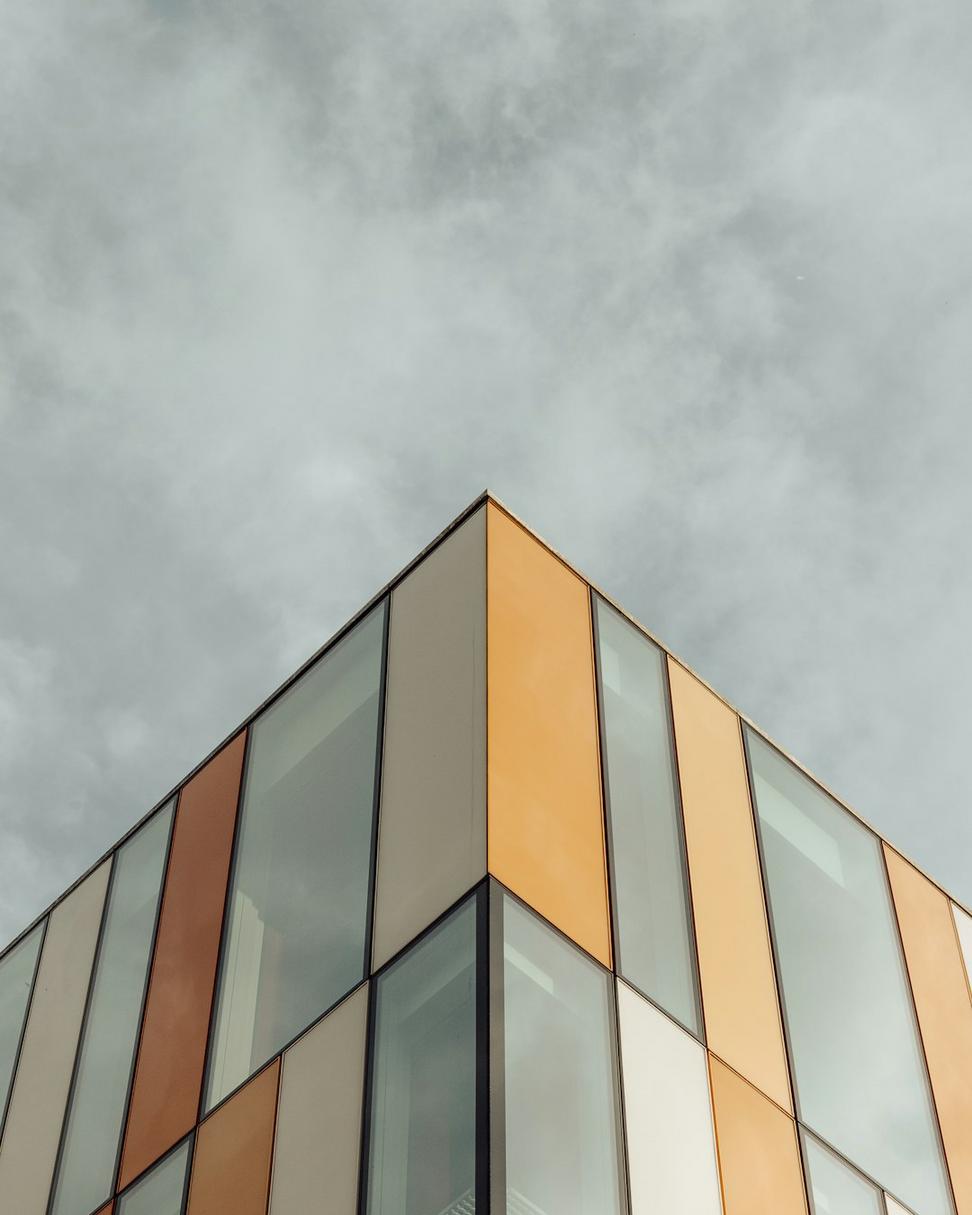
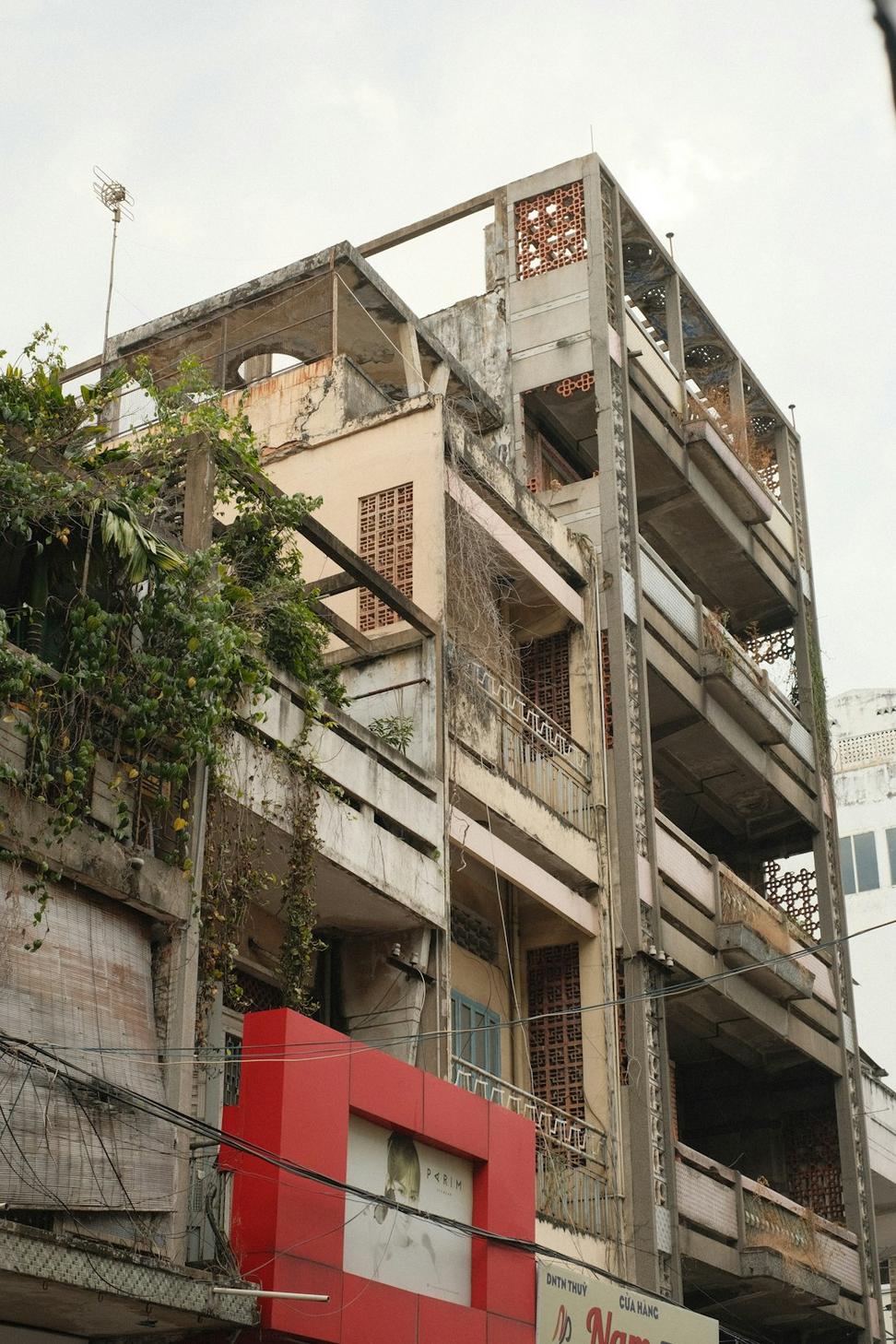
Design & Planning Phase
Here's where we're actually designing stuff that'll work long-term. Not just slapping up quick shelters - we're talking about proper infrastructure that'll last 50+ years. Water systems, electrical grids, proper foundations. Plus working with local craftspeople 'cause they know way more about building in their climate than we ever will.
Key Considerations:
- Climate adaptation - it's getting hotter everywhere
- Local material sourcing - shipping stuff halfway across the world is dumb
- Cultural appropriateness - nobody wants cookie-cutter western housing
- Future expansion capacity - families grow, needs change
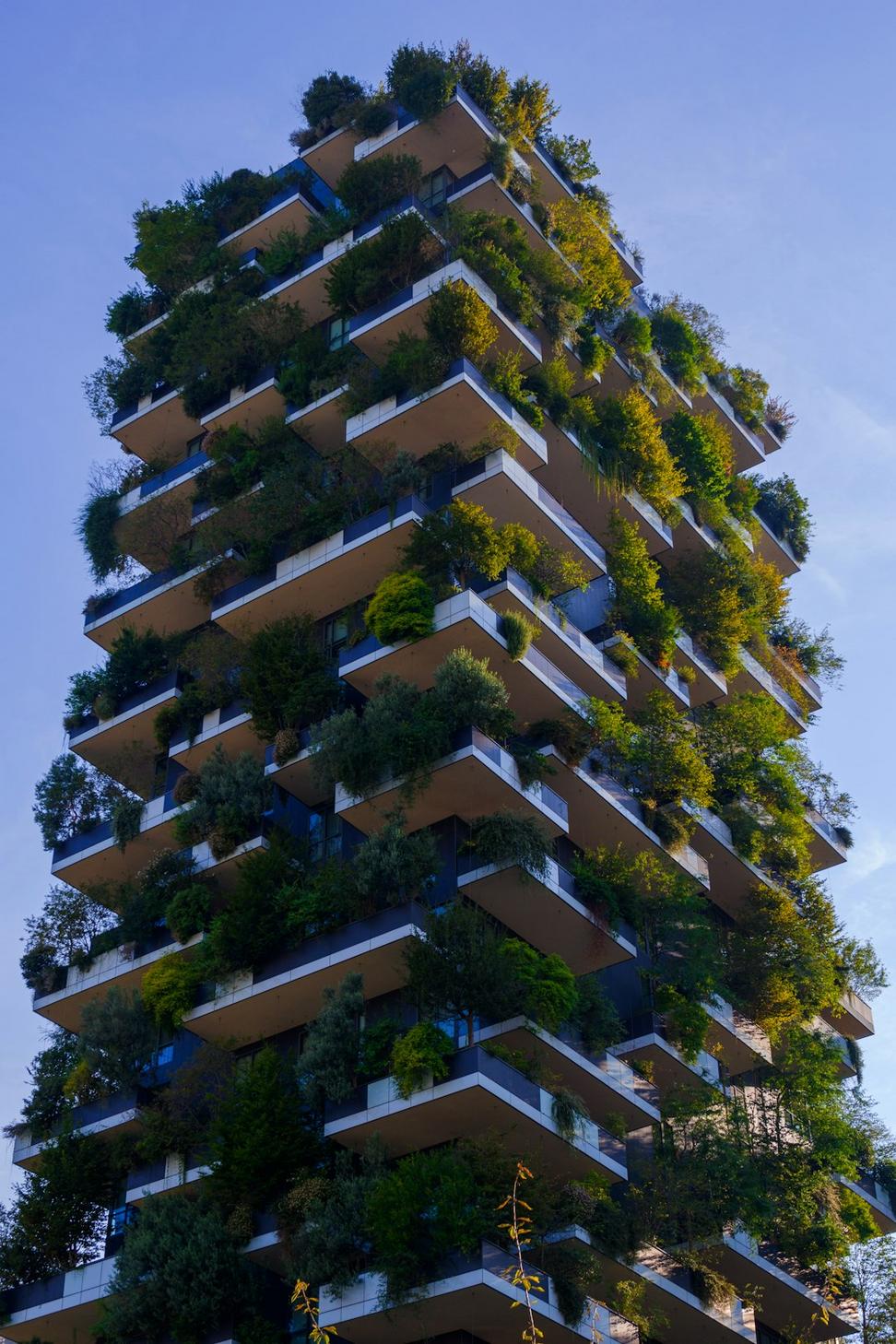
Construction & Training
Now we're actually building. But here's the thing - we're not just hiring outside contractors and leaving. We're training local workers throughout the whole process. Every project creates like 200-300 jobs, and more importantly, leaves people with skills they can use on future projects. That's how you actually rebuild an economy, not just buildings.
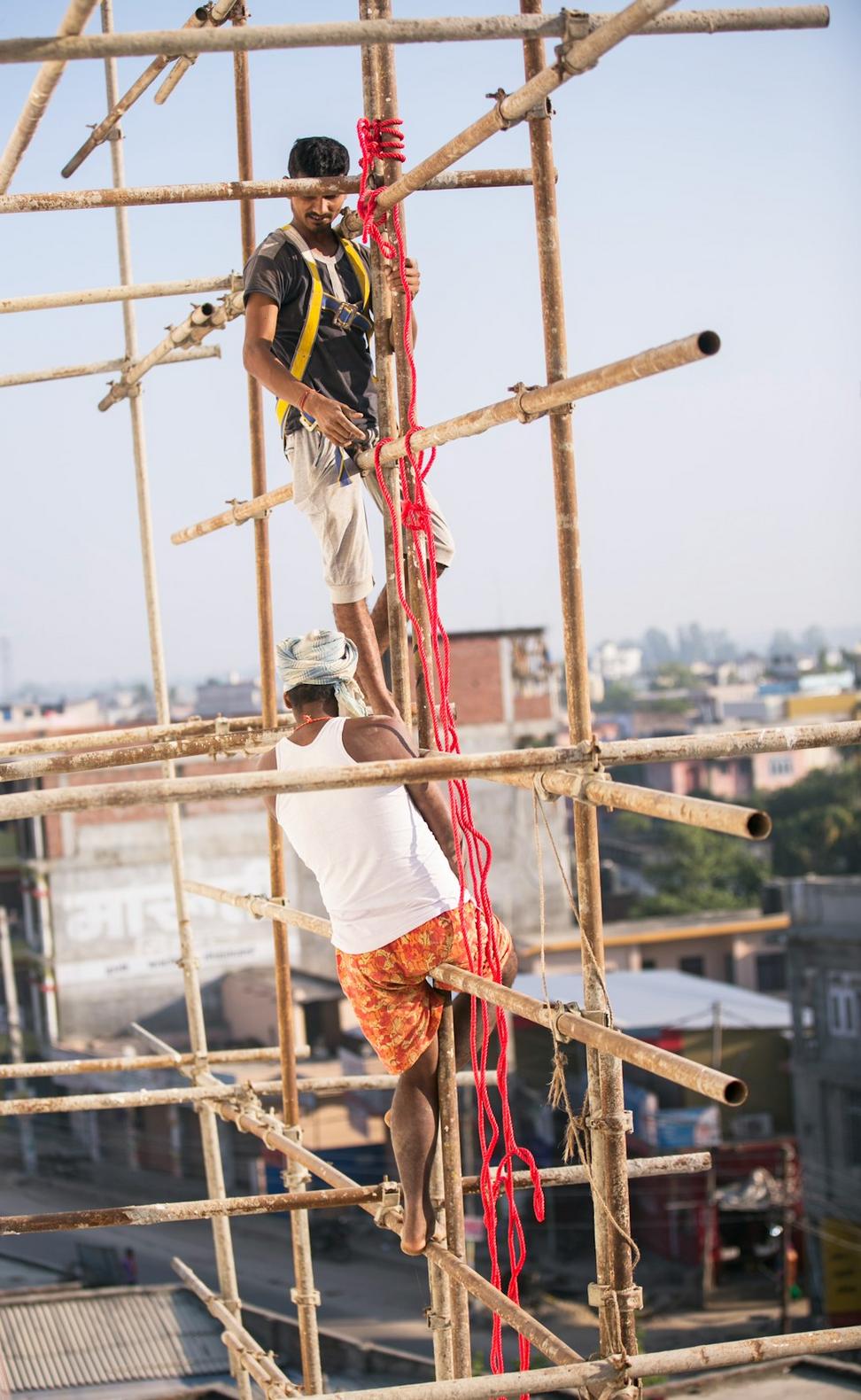
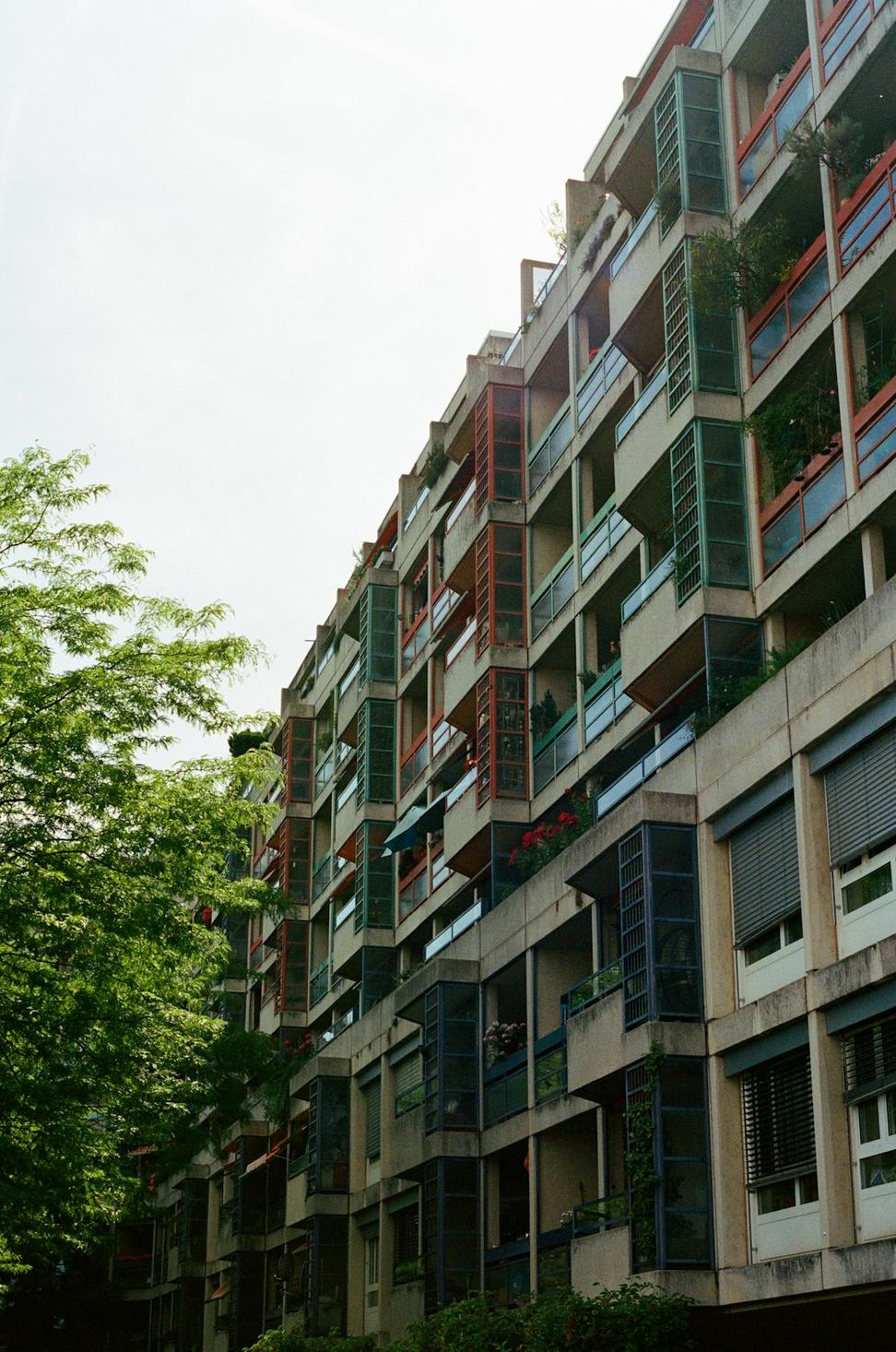
Community Integration
Buildings are done, but the work isn't. This phase is all about making sure everything actually functions as a community. Setting up maintenance systems, establishing local governance for shared spaces, creating economic opportunities around the new infrastructure. We've learned the hard way that if you don't stick around for this part, things fall apart within a year.
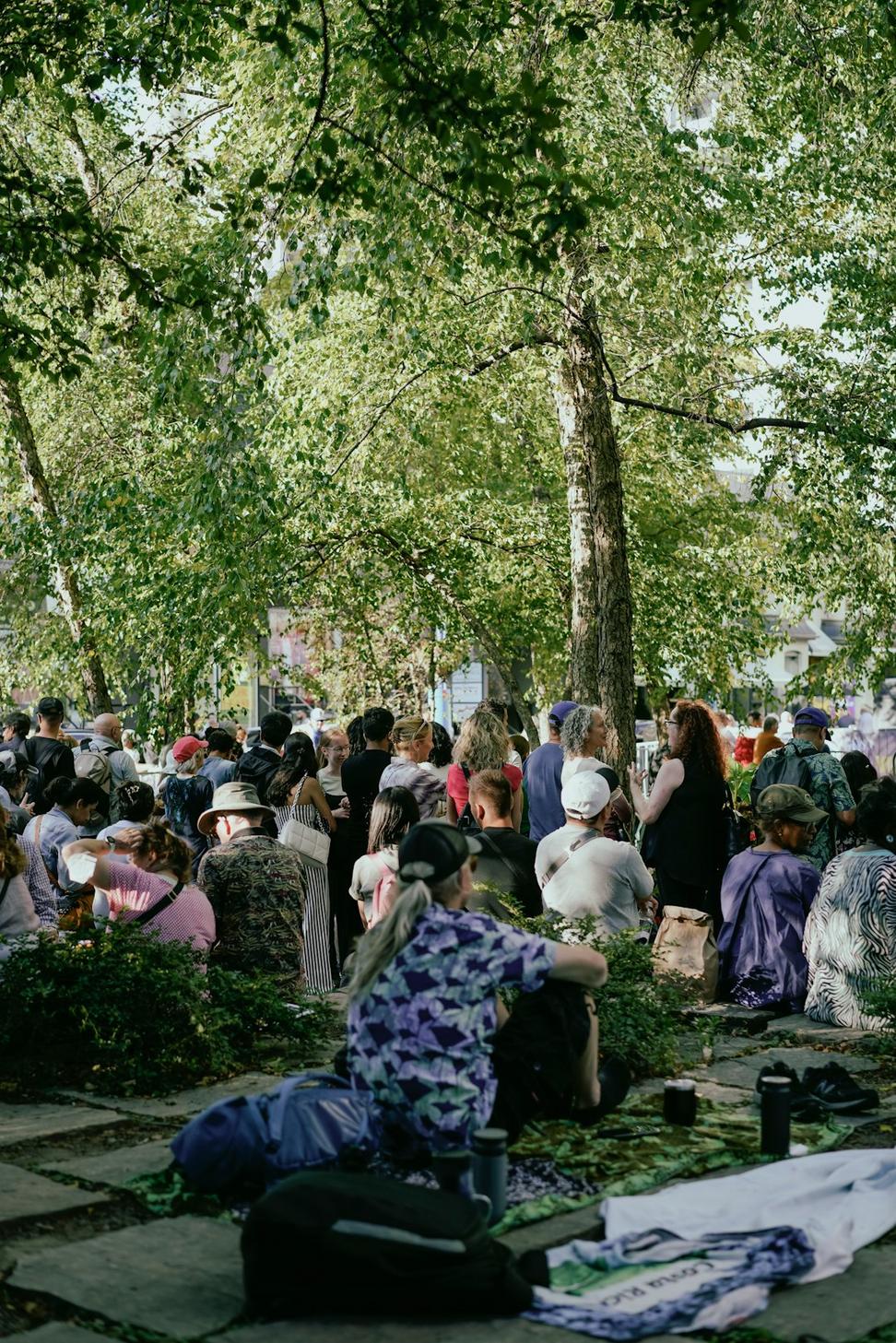
Long-term Monitoring
Yeah, we're still checking in years later. Quarterly visits for the first three years post-completion, then annual check-ins after that. We track structural integrity, community satisfaction, economic indicators, all of it. Because if something we built isn't working five years out, we need to know why and fix it for the next project.
